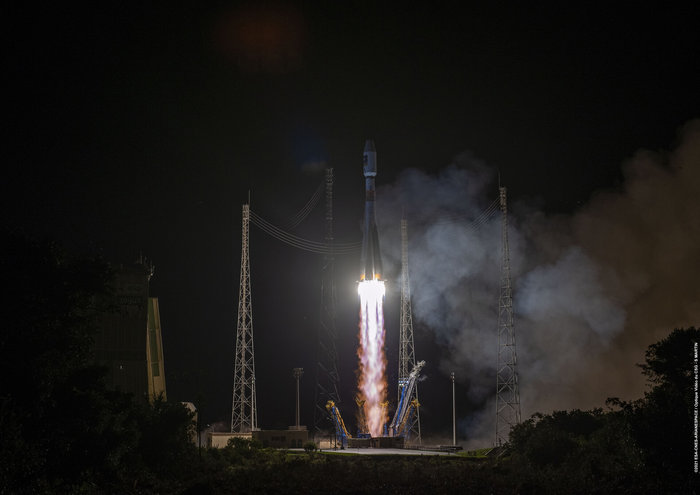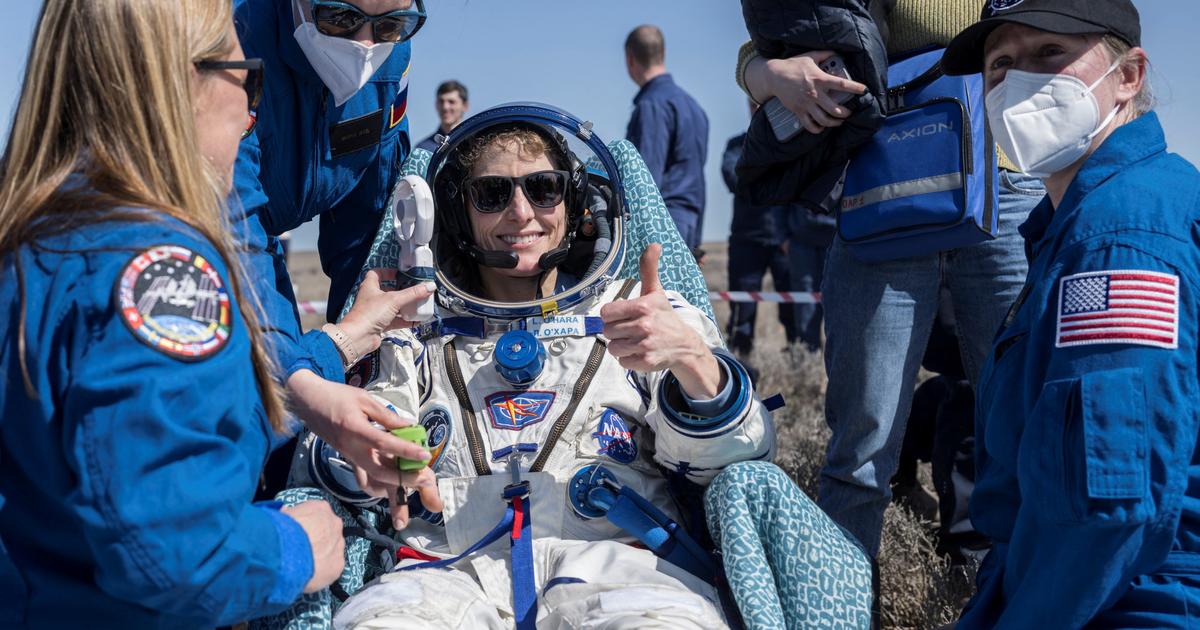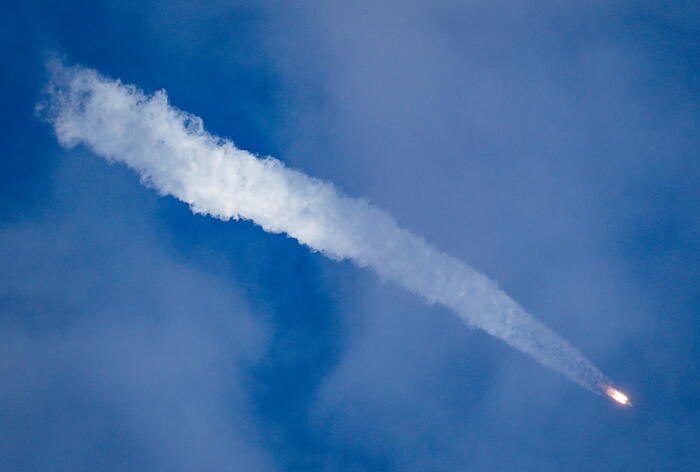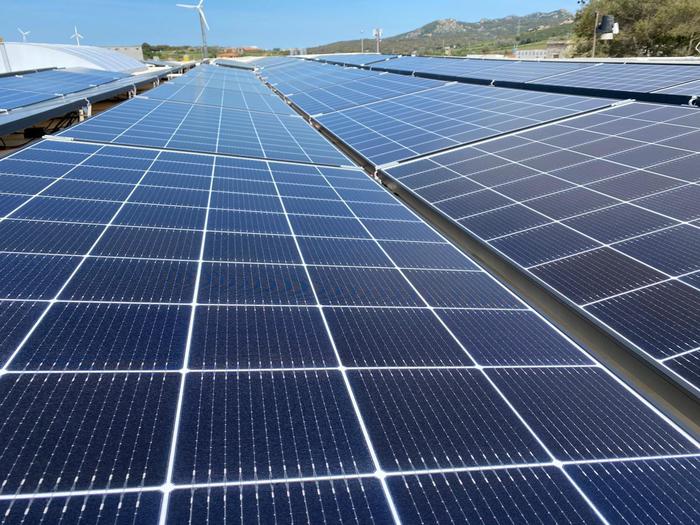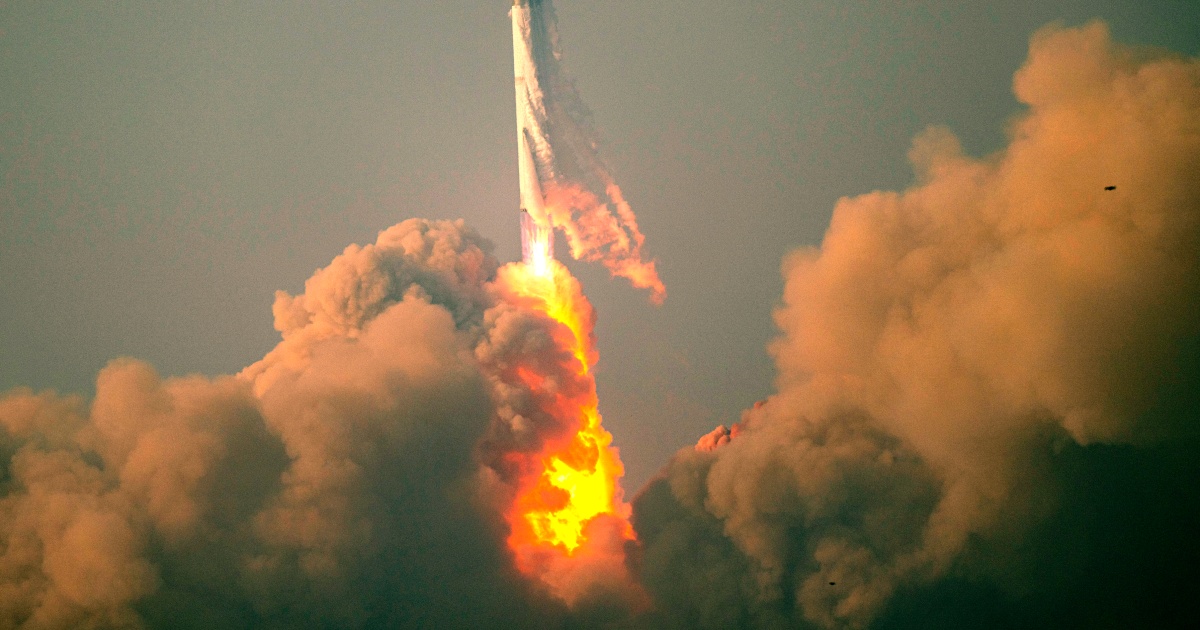After three consecutive postponements, the Soyuz Vs26 launcher was launched from the Guyana Space Center (Csg) and brought two other satellites of the Galileo constellation into orbit, for the satellite navigation service managed by the European Commission, with the European Space Agency ( ESA) responsible for the design, development, procurement of satellites and ground segment, and the European Union Agency for the Space Program (Euspa), responsible for Galileo operations and the provision of services.
Initially scheduled for December 1, the launch had been postponed twice due to weather conditions and once due to the unavailability of a telemetry station.
In the night between 4 and 5 December the launch finally had a green light.
Thus the number of satellites of the Galileo system currently in orbit, capable of giving positions of the order of one meter, rises to 28. Of the satellites already in operation, 14 were carried by the Russian launcher between 2011 and 2016 and 12 by Ariane 5 between 2016 and 2018. When fully operational, the constellation will include 30 satellites and will have cost Europe about eight billion EUR. From 2024, the launch of new generation Galileo satellites is expected to continue competing with the American GPS system.
The launch is also the tenth of a Soyuz from the European base in French Guiana.
Since 2011, the year of the first launch, 26 Soyuz have left Sinnamary, a town near Kourou, where the launch pad reserved for this launcher is installed.
The mission is the penultimate in the European base for 2021. The launch of the Ariane 5 rocket is scheduled for December 22, which will bring the James Webb telescope into orbit, successor of the historic Hubble Space Telescope

